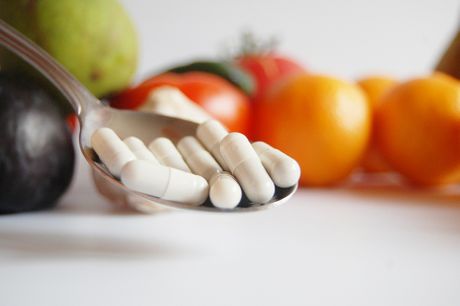Viral and bacterial infections in Serbia more frequent than last winter: Dr. Jonev explains why

Waiting rooms in healthcare centers throughout Serbia are full of children, but also adults who complain of the same symptoms - extremely high fever, cough, nausea, vomiting, weakness, muscle pain...
As pediatrician Dejan Jonev tells Telegraf.rs, a number of patients report diarrhea as well as headaches.
"In recent days, the number of patients has increased compared to the same period last year, which is a consequence of higher air temperatures, because this winter is warmer than the previous one, and this favors the development of viruses," Dr. Jonev told Telegraf.rs.
"It is also characteristic that several family members suffer from seasonal viruses, which are often followed by bacterial infections. For example, a father brings a child to the clinic for an examination and says that his wife has a high fever, which is why she can't get out of bed."
One of the symptoms that patients complain about is extremely high temperature that reaches up to 40 degrees Celsium. But, it doesn't have to appear in the first days.
"Both children and adults can get by without having fever in the first two or three days, and then the temperature suddenly goes up," says Dr. Jonev and explains that this kind of symptoms mostly occur with sore throat caused by bacteria that is joined by a virus.

Diagnostics involves a blood analysis with the mandatory leukocyte formula and CRP, in order to establish whether it this a virus or, a bacterial infection.
"The therapy is symptomatic and involves the use of antipyretics to lower the fever, and if there is diarrhea, then probiotics are also included. Patients should take as much liquid as possible, and in case of an associated cough, a syrup that will alleviate the problem. It is important to be separated from the collective already during the first day after the symptoms present, so that the disease does not spread," recalls Dr. Jonev.
He advises going for a check-up on the third day after starting the therapy. This recommendation applies especially to those who notice a change in symptoms, so that the therapy they are taking can be corrected or supplemented.
"The therapy should be taken for seven to ten days," says Dr. Jonev and adds that higher fever in children usually lasts seven days.

Prevention involves a varied diet rich in vitamins, which, unfortunately, is less and less present, especially among the youngest population.
"Parents complain that children refuse to eat fruit and vegetables, as well as meat, and that their diet is mainly based on snacks. It has a bad effect on immunity," reminds the pediatrician and adds that in that case, vitamins and minerals should be taken via supplements recommended by the doctor.
Pediatrician Jonev illustrates with cases from his practice how inadequate nutrition of the youngest portion of the population has been the cause of freequent illnesses.
"There are many children who have had a viral or bacterial infection, or both, three times since January. This has not been the case in previous years," concludes Dr. Jonev.
(Telegraf.rs)
Video: Policija zaustavila momka zbog nasilničke vožnje: Vozio duplo više nego što je dozvoljeno
Telegraf.rs zadržava sva prava nad sadržajem. Za preuzimanje sadržaja pogledajte uputstva na stranici Uslovi korišćenja.

